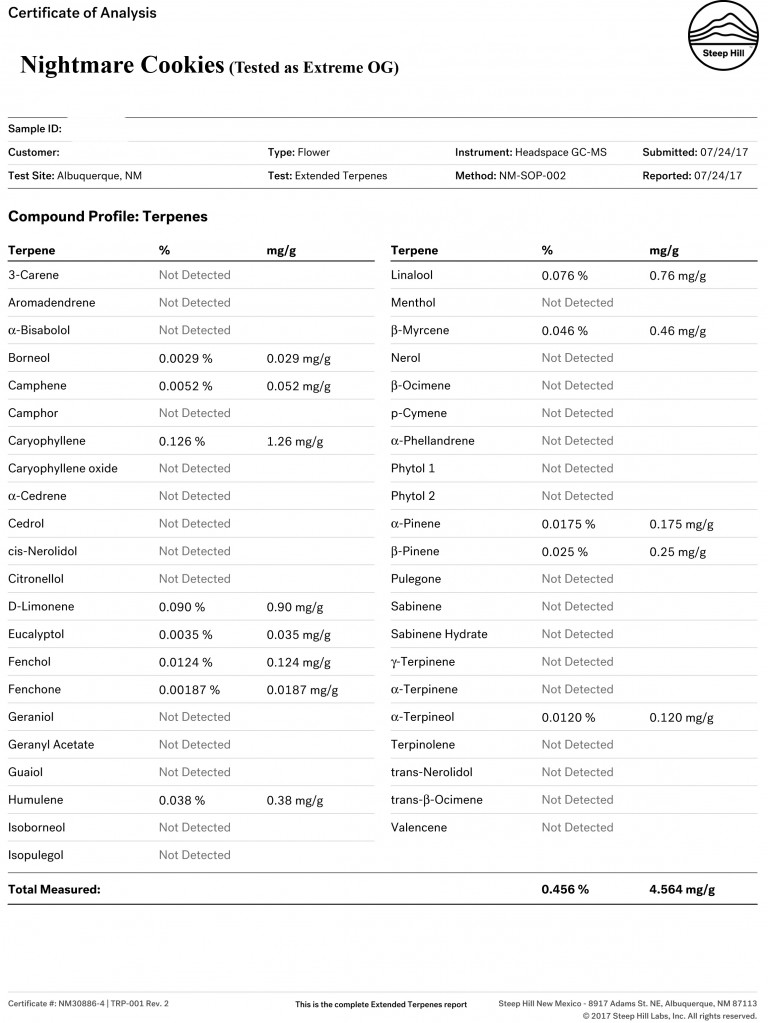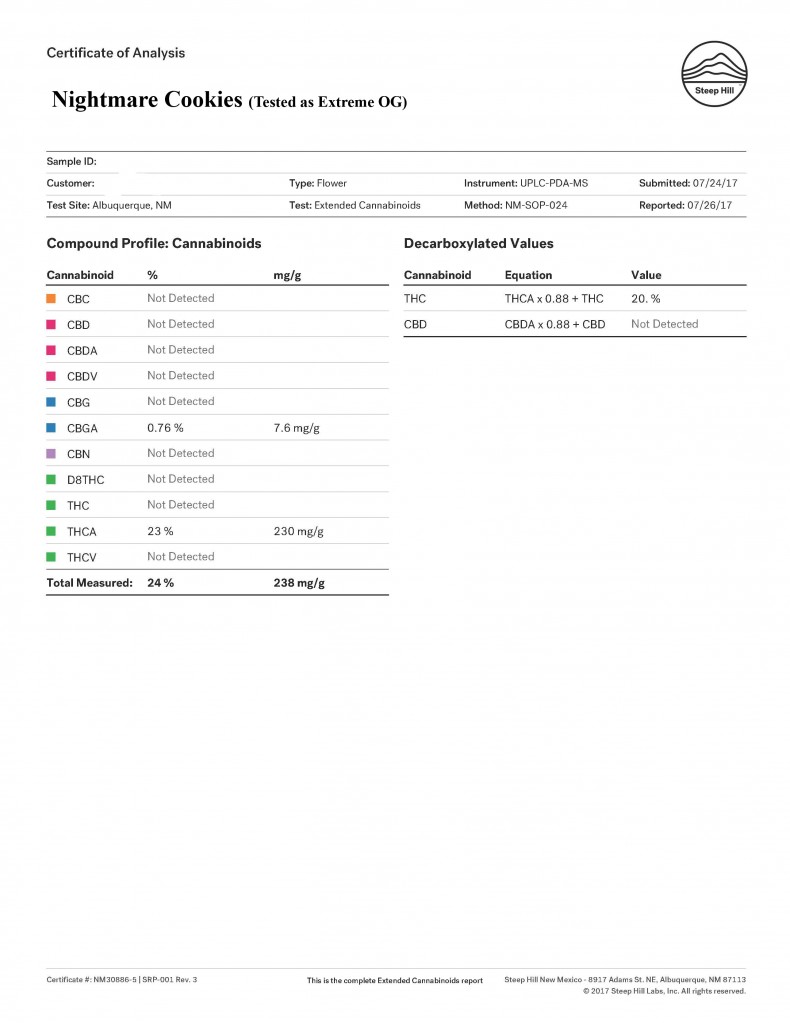Bucudinkydow
Well-Known Member
As a child I remember my grandmother was emphatic about getting a good daily dose of chlorophyll in her diet. She kept a prized window garden of wheat grass which she juiced every morning. Of course, when I visited it was imperative that I indulge.. I still hate the taste!
She was in excellent health well into her 80's and as limber as a school girl right up to her death.
Seems there's a lot of health benefits:
21 Surprising Chlorophyll Benefits | Organic Facts
She was in excellent health well into her 80's and as limber as a school girl right up to her death.
Seems there's a lot of health benefits:
21 Surprising Chlorophyll Benefits | Organic Facts



 )
)


